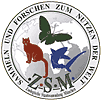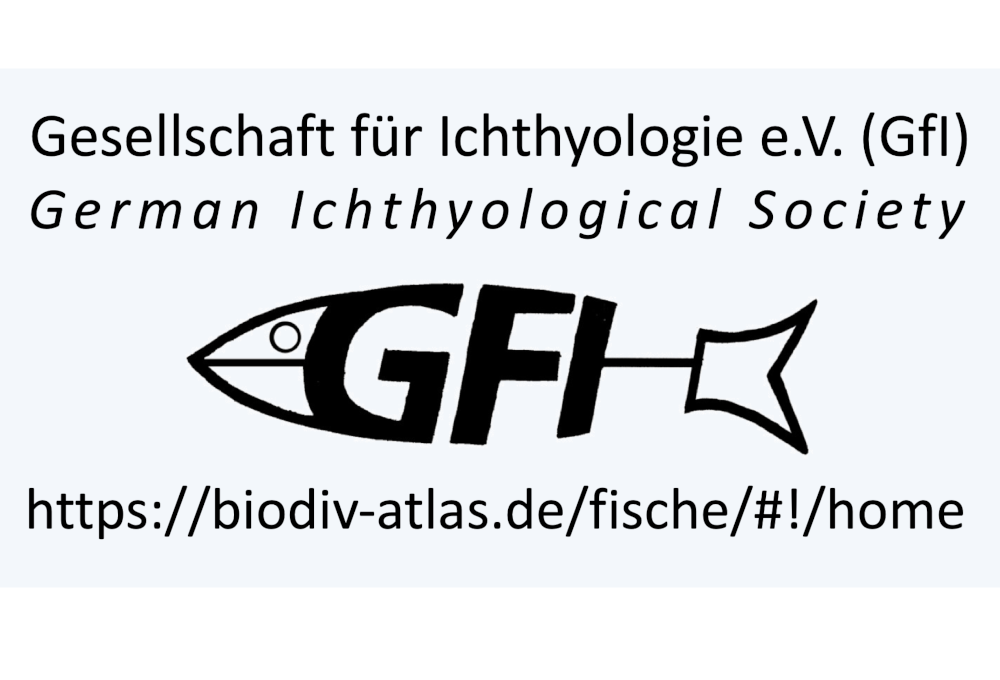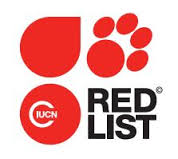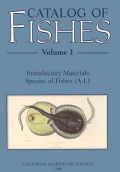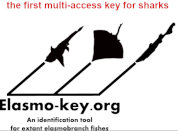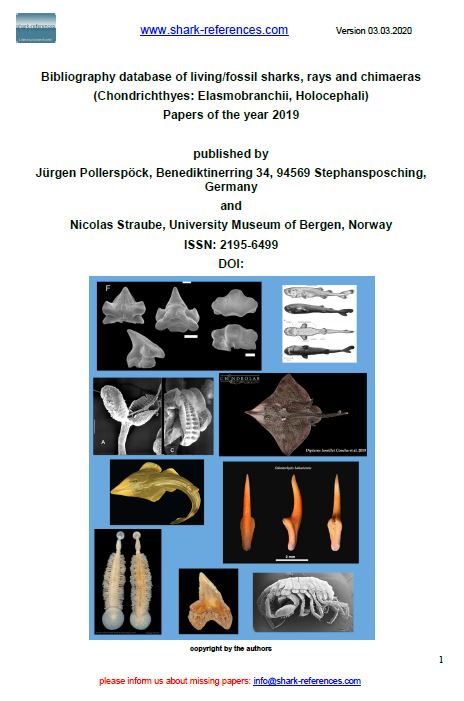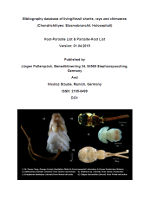
Potamotrygon castexi (Condrichthyes, Potamotrygonidae), a new species of freshwater sting-ray for the Paraná River. Acta Scientifica, Universidad del Salvador, 6, 1–21, 1 pl.
Phylogeny of the suborder Myliobatidoidei. Memoirs of the Faculty of Fishery of the Hokkaido University, 37(1–2), 1–108


Le revêtement cutané des raies (Chondrichthyes, Elasmobranchii, Batoidea). I- Morphologie et arrangement des denticules cutanés. Annales des Sciences Naturelles – Zoologie et Biologie Animale, 17(2), 65–83

Classification of the recent Elasmobranchii. Copyright Brian Mould 1997


Le revêtement cutané des raies (Chondrichthyes, Elasmobranchii, Batoidea). II. Morphologie et arrangement des tubercules cutanés. Annales des Sciences Naturelles – Zoologie et Biologie Animale, 19(3–4), 155–172
DOI: 10.1016/S0003-4339(99)80004-5
Cestodes of cestodes of Peruvian freshwater stingrays. Journal of Parasitology, 89(5), 1018–1024
DOI: 10.1645/GE-3143

Family Potamotrygonidae. In R.E. Reis, C.J. Ferraris, Jr., and S.O. Kullander(editors), Checklist of freshwater fishes of South and Central America: 22–29

Checklist of living Chondrichthyes. In W.C. Hamlett (Ed.), Reproductive biology and phylogeny of chondrichthyes: sharks, rays and chimaeras, Vol. 3 (pp. 503–548). Science Publishers, Endfield, USA

Batoid wing skeletal structure: novel morphologies, mechanical implications, and phylogenetic patterns. Journal of Morphology, 264(3), 298–313
DOI: 10.1002/jmor.10331
Condrictios de la Argentina y Uruguay. Lista de Trabajo. ProBiota, FCNyM, UNLP, Serie Técnica–Didáctica, La Plata, Argentina, 11: 1–15.
Potamotrygon castexi The IUCN Red List of Threatened Species 2009: e.T161572A5454975
DOI: 10.2305/IUCN.UK.2009-2.RLTS.T161572A5454975.en

A survey of tail spine characteristics of stingrays frequenting western Atlantic Ocean and South American freshwater rivers. Journal of the North Carolina Academy of Science, 125(2), 47–60

Ways to identify stingrays of the world possessing or lacking serrated stinging tail spines. Journal of the North Carolina Academy of Science, 125(3), 107–109

A new method for studying problem solving and tool use in stingrays (Potamotrygon castexi). Animal Cognition, 13(3), 507–513
DOI: 10.1007/s10071-009-0301-5

Biology of the South American Potamotrygonid Stingrays. In Carrier, J.C. & Musick, J.A. & Heithaus, M.R. (Eds) Sharks and Their Relatives II: Biodiversity, Adaptive Physiology, and Conservation. CRC Press, Boca Raton: 241–282

Phylogeny and taxonomy of Potamotrygonocotyle Mayes, Brooks & Thorson, 1981 (Monogenoidea: Monocotylidae) with a description of four new species. Journal of Helminthology, 85(4), 353–380
DOI: 10.1017/S0022149X10000684

Evaluation of critical care blood analytes assessed with a point-of-care portable blood analyzer in wild and aquarium-housed elasmobranchs and the influence of phlebotomy site on results. Journal of the American Veterinary Medical Association, 241(1), 117–125
DOI: 10.2460/javma.241.1.117



Comparisons of dental morphology in river stingrays (Chondrichthyes: Potamotrygonidae) with new fossils from the middle Eocene of Peruvian Amazonia rekindle debate on their evolution. Naturwissenschaften, 101(1), 33–45
DOI: 10.1007/s00114-013-1127-1
Sustainable species management of the elasmobranch populations within European aquariums: a conservation challenge. Journal of Zoo and Aquarium Research, 5(1), 172–181
DOI: 10.19227/jzar.v5i4.313

Sustainability of threatened species displayed in public aquaria, with a case study of Australian sharks and rays. Reviews in Fish Biology and Fisheries, 28(1), 137–151
DOI: 10.1007/s11160-017-9501-2
Assessment of the conservation status of Chondrichthyans: underestimation of the pollution threat. European Zoological Journal, 88(1), 165–180
DOI: 10.1080/24750263.2020.1858981
Production of live offspring following unilateral (left) ovariectomized Potamotrygon rays (Potamotrygon castexi, Potamotrygon leopoldi, and Potamotrygon motoro). Javma-Journal of the American Veterinary Medical Association, 261(8), 1-4
DOI: 10.2460/javma.23.01.0031
